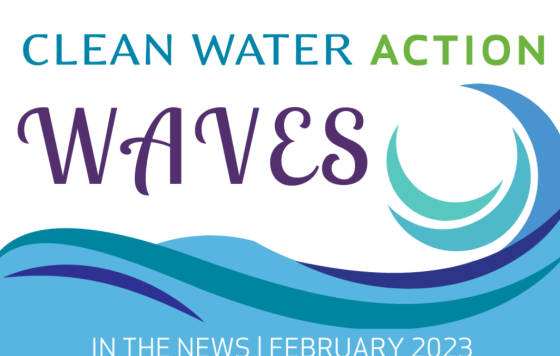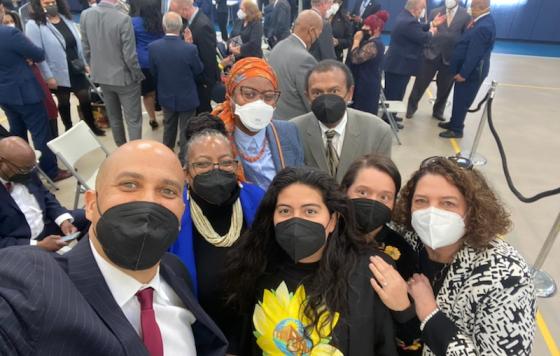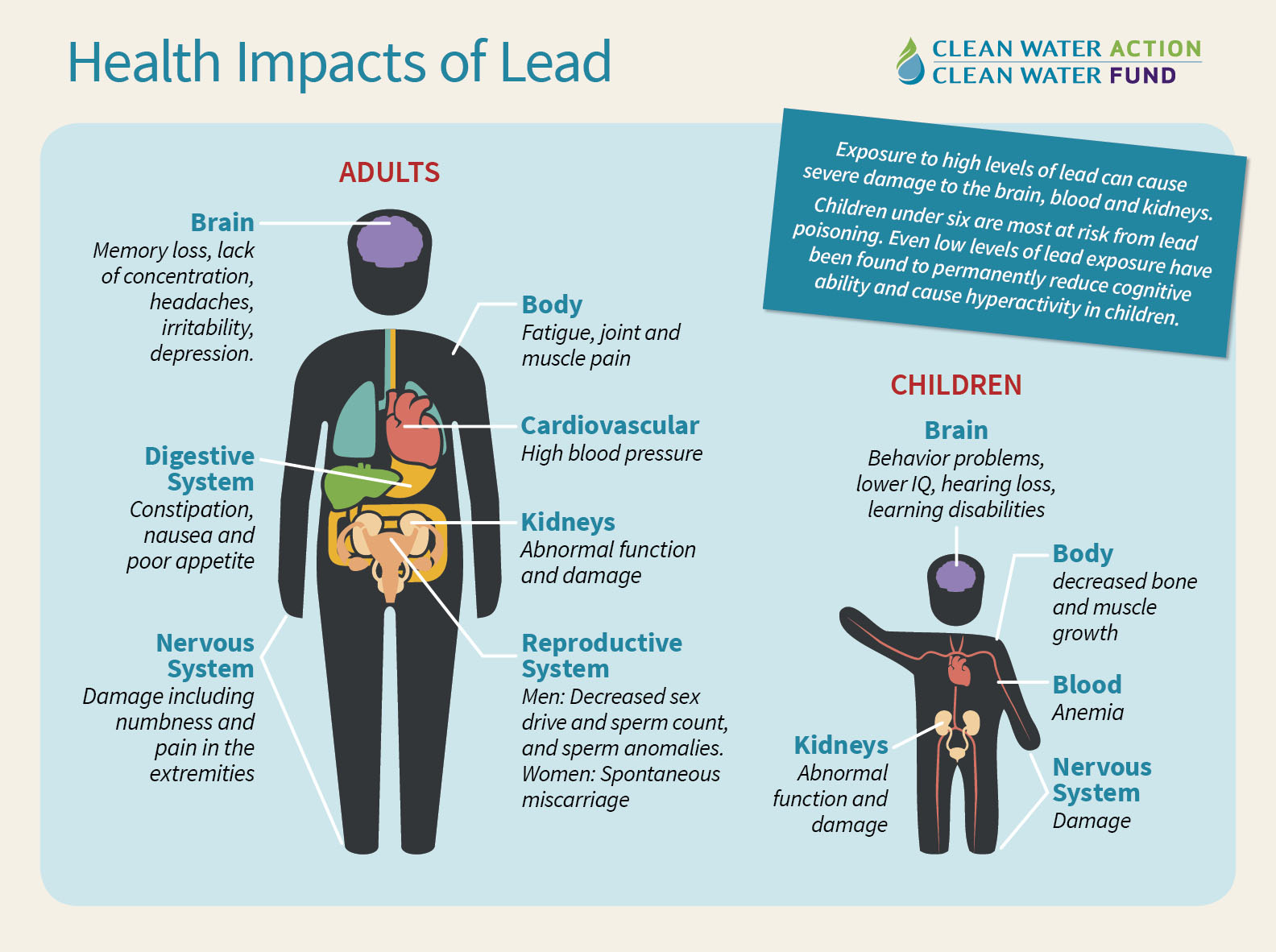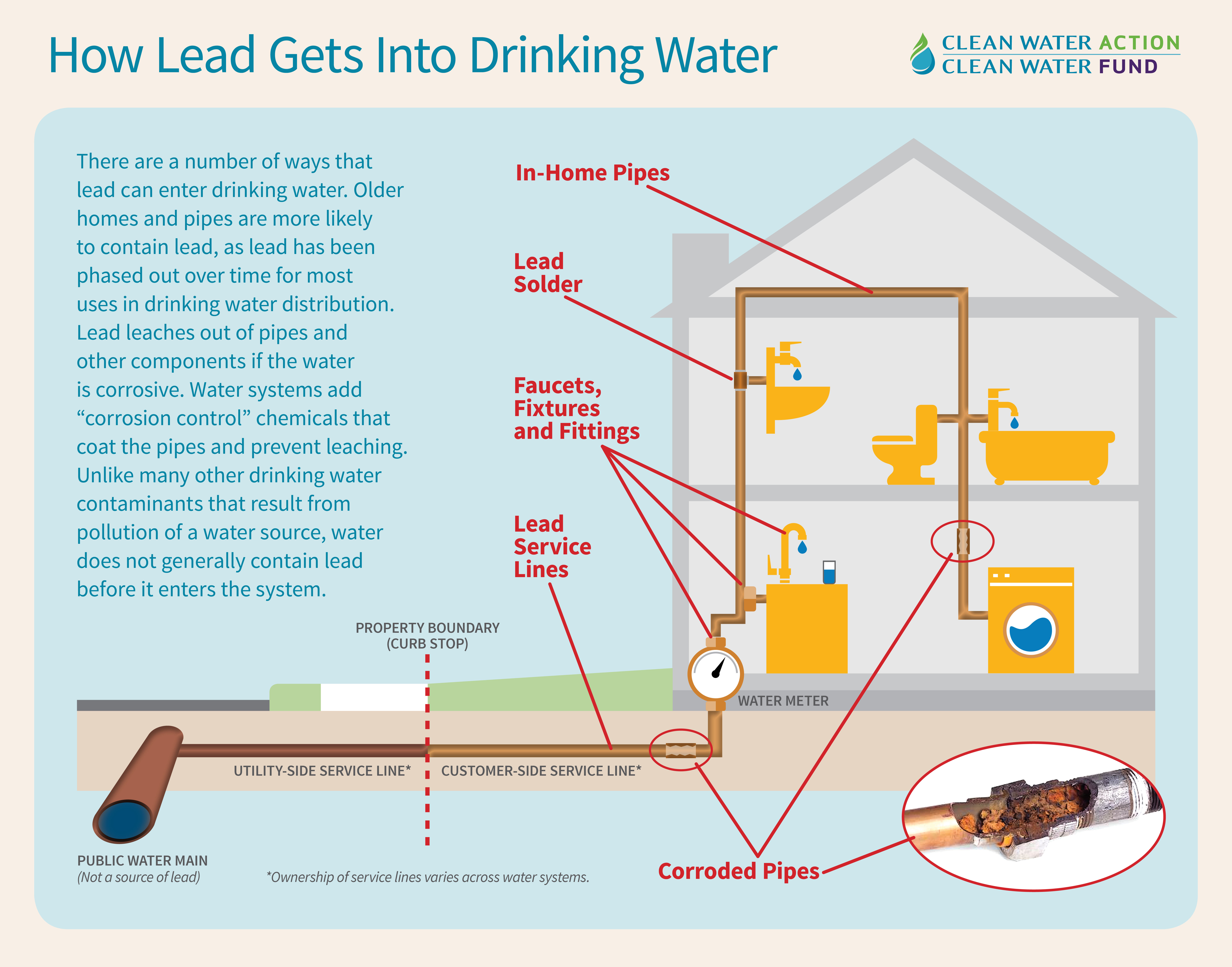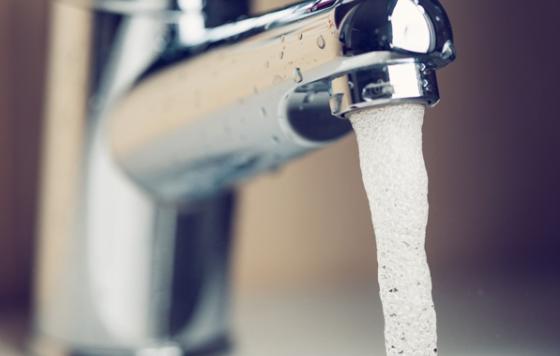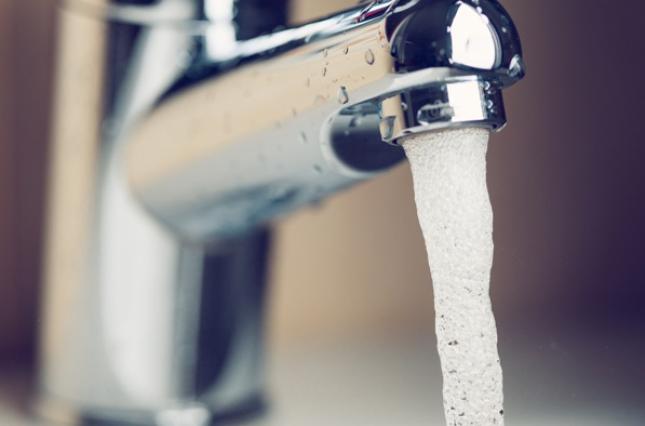
Lead and Drinking Water
The U.S. Environmental Protection Agency estimates that lead in drinking water can be 20% or more of a person’s lead exposure. We need to get lead out of contact with water. That’s where full lead service line replacement comes in - alongside advocacy, collaboration, and education.
Learn More

